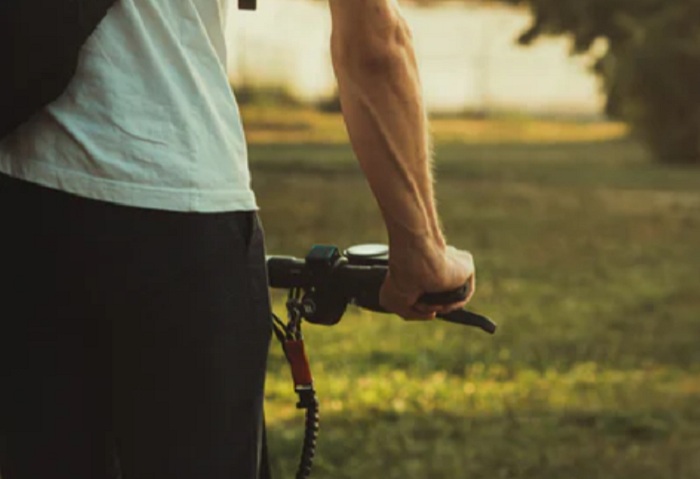There are many types of vein problems, but the most common type among adults is varicose veins. This is a condition where smaller valves become weak over time, so they stop the backward flowing of the blood running through the veins which leads to damaged blood pooling in the veins. This is often seen as swollen and twisted veins that are visible in the legs. They tend to be very noticeable as their color is usually purple or dark blue and they bulge out from under the affected area’s skin. Varicose veins can cause muscle cramps, uncomfortable legs, burning sensations, and swelling of the ankles and feet. This is why you need to educate yourself on what you need to do if you suffer from any vein problems.
1. Use Compression Stockings
Compression stockings work by applying pressure to your legs so that your veins and muscles can pump more blood towards the heart. Specialists at a varicose veins clinic located in Dallas suggest that this helps in reducing the pain that can be associated with varicose veins. Participants who used knee-high compression stockings for a week, with 18 to 21 mmHg pressure were reported to experience less aching as per a 2018 study held for varicose veins patients to test the effects of compression stockings. You can find them in almost all pharmacies or you can purchase them online.
2. Exercise Regularly
Exercise is a miracle for most vein conditions. It promotes healthier blood circulation in the legs and all other parts of the body which helps in pushing the collected or pooled blood along. Another major contributing factor to varicose veins is high blood pressure.This problem can be resolved by regular exercise which lowers blood pressure and keeps your veins healthy. Focus on low-impact exercises that don’t cause excessive strain to your leg muscles. Exercises that would be helpful in your case would be cycling, swimming, yoga, or simply walking.
3. Change Your Diet
One of the most important changes you make to your diet is cutting down on salt and salty foods. Sodium-rich foods cause water retention in the body, while foods that contain high levels of potassium help in reducing the retention of water. These foods include lentils, white beans, fish, pistachio nuts, almonds, potatoes, and leafy vegetables. You should also focus on foods that are high in fiber so that you can avoid constipation and keep a healthy bowel movement. Bowel straining can irritate damaged veins and valves and cause them to become more damaged.
4. Include Flavonoids
Foods that contain flavonoids are very effective in shrinking varicose veins and helping in all sorts of vein problems. They regulate blood circulation and increase blood flow which helps in reducing the likeliness of it pooling in your veins. Your vein specialist will be able to guide you to the foods that help in reducing blood pressure in the arteries in order to loosen blood vessels and alleviate varicose veins. These foods include garlic, vegetables such as broccoli, bell peppers, and onions, and citrus fruits such as apples, cherries, and grapes.
5. Keep Your Legs Elevated
Varicose veins patients can improve their blood circulation by elevating their legs at the same level as their heart or slightly above it. This helps in reducing the blood pressure in the leg valves, it also helps the blood in flowing back to the heart due to gravity. If you are working or sitting down to rest, you should always try to keep your legs elevated to ease the pressure in your veins and prevent blood from pooling inside of them.
6. Don’t Wear Restrictive Clothing
Tight-fitting clothes are very damaging to varicose veins as they restrict blood flow and cause your veins to become swollen. You’ll immediately feel relief once you start wearing loose-fitting clothes that allow for a healthy blood supply to all parts of your body. Consider replacing your high heels with regular flat shoes. The latter blocks blood circulation in the legs and ankles and worsens the veins condition. Stay away from tight belts, tight jeans, and high heels, and stick to non-restrictive clothing to prevent blood from stopping in your veins.
Varicose veins are the most common type of vein problem that people struggle with but usually overlook. It happens due to the pooling of blood in weakened valves as a result of high blood pressure, smoking, sitting for too long, or many other factors. To help with your vein problem, consult a vein specialist and let them guide you on how you can adjust your diet according to your body type and type of vein problem.



















